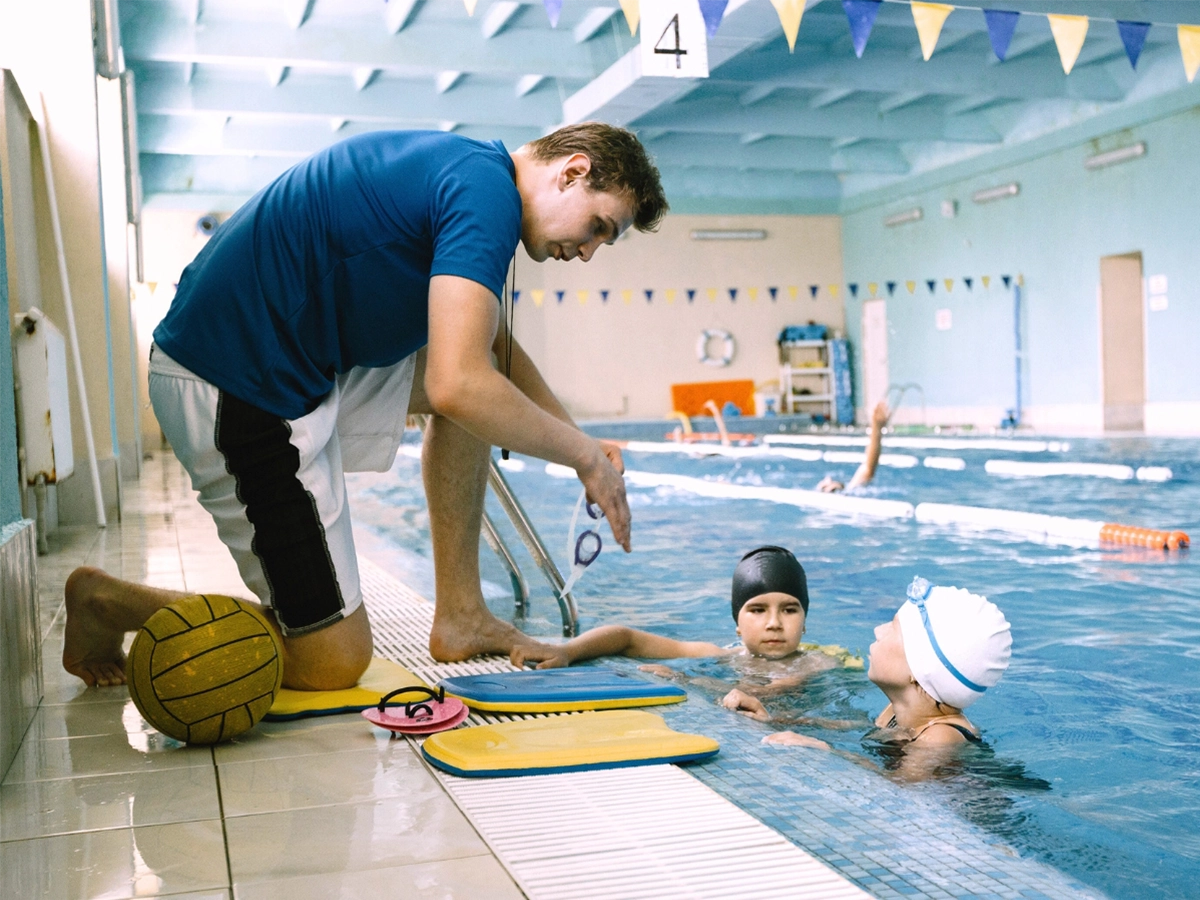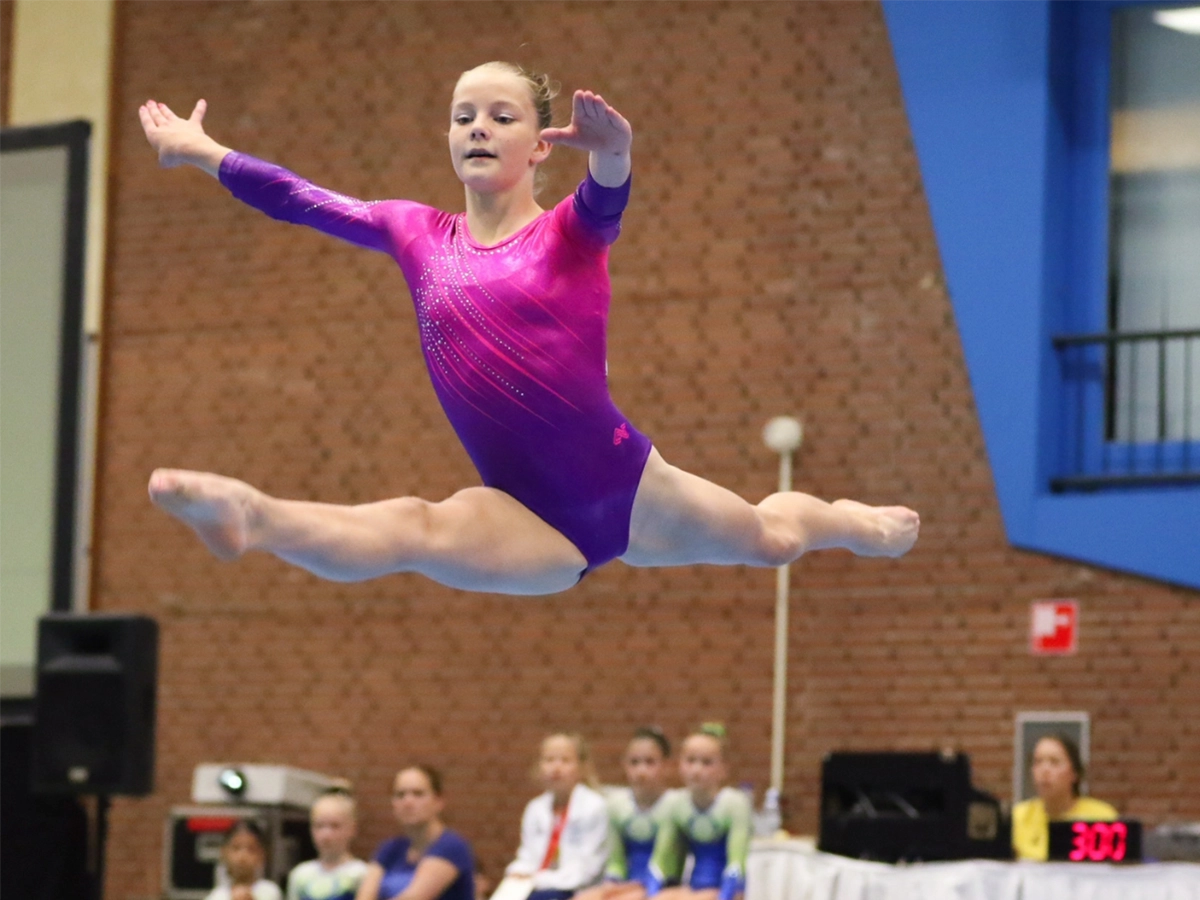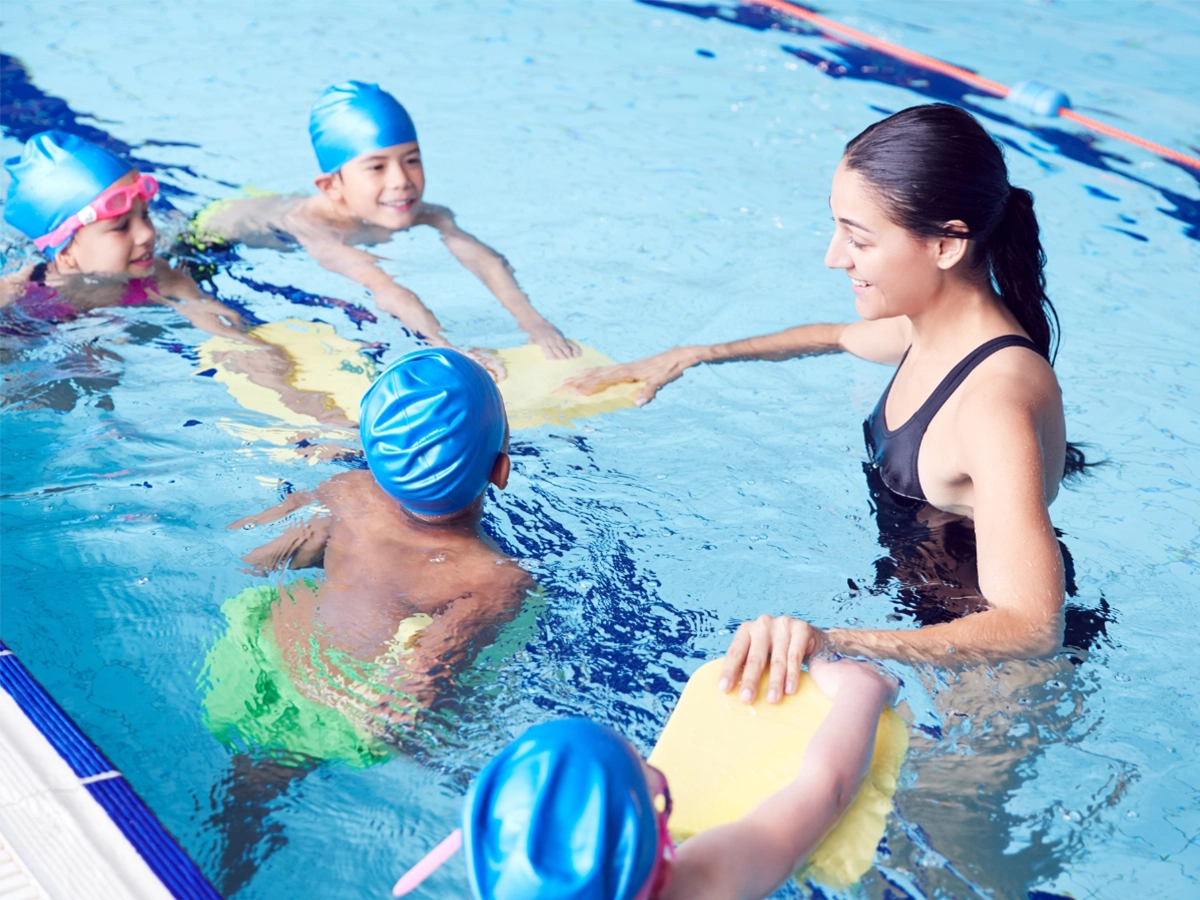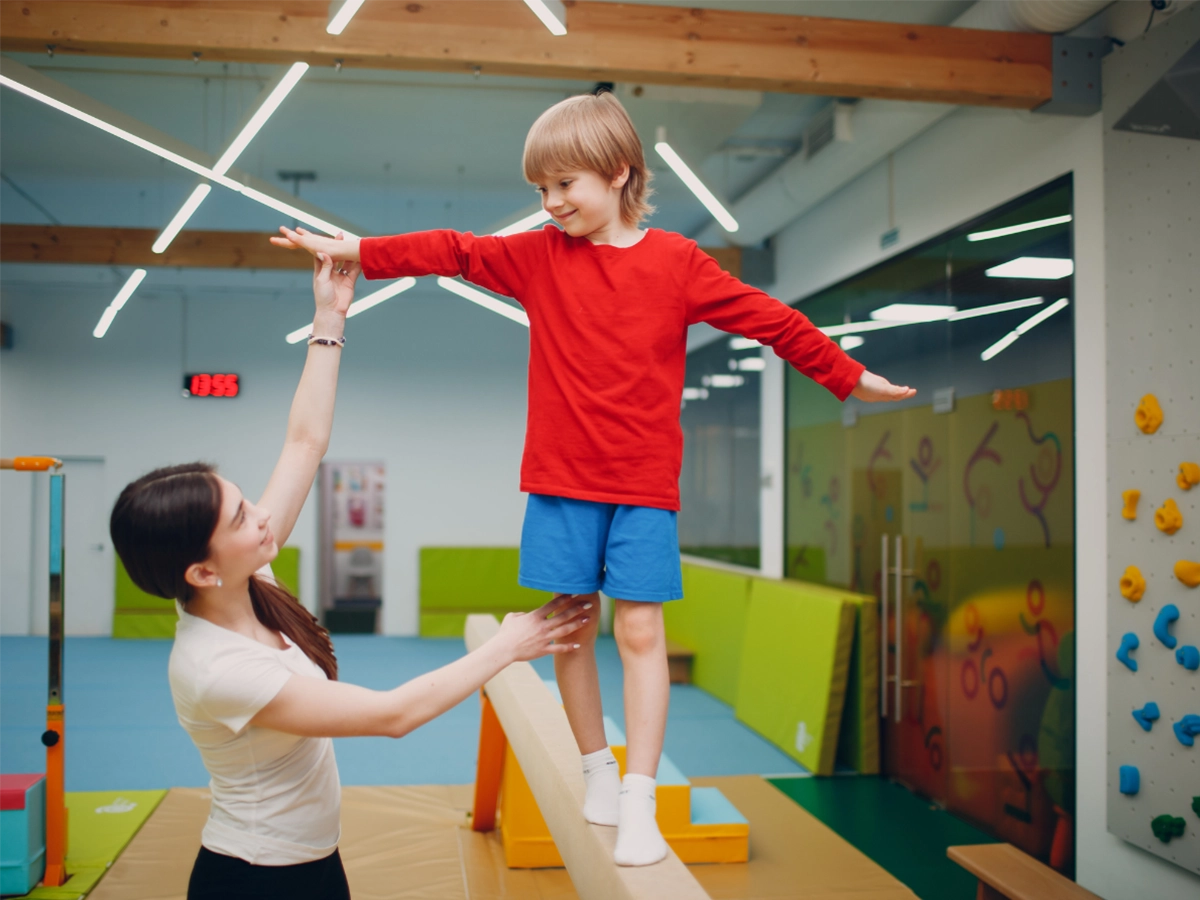If you’ve never had a migraine, you probably don’t realize how different it is from a headache. You can offer tremendous help to a student suffering from this condition if you have a little information about migraines and understand how they work.
Migraines are a neurological disease, with head pain and associated symptoms, such as nausea, vomiting, dizziness, sensitivity to touch, sound, light, and odors, abdominal pain, and mood changes.
These can strike children as well as adults and while children generally have fewer and shorter migraine attacks than adult sufferers, childhood migraines can be just as disabling, and can seriously affect the child’s quality of life. Of course, when a child suffers from frequent or disabling headaches or migraine symptoms, seek help from a doctor.
- About 10% of school-age children suffer from migraines.
- 50% of all migraine sufferers have their first attack before the age of 12.
- Even infants can have migraines. Migraine has been reported in children as young as 18 months.
Before puberty, boys suffer from migraines more often than girls and are known to start them earlier – mean age of onset for boys is 7, 11 for girls. But as they move into adolescence, the incidence of migraines increases more rapidly in girls than in boys. This may be explained by the changes occurring in girls’ estrogen levels around this time.
By the time age 17 rolls around, as many as 8% of boys and 23% of girls have experienced a migraine.
What generally happens when these children become adults?
60% of sufferers who had adolescent-onset migraine report ongoing migraines after age 30. Boys fair better than girls as adults with fewer men than women suffering from migraines.
Just because children average fewer and shorter migraines, doesn’t mean they aren’t disabling. Childhood migraines can significantly impair a child’s quality of life. Besides the headache itself, anticipatory anxiety (knowing that at any time an attack could disrupt their ability to go to school or enjoy social activities) can accompany childhood migraines. Children who suffer from migraines are twice as likely to miss school, as well as after-school and weekend activities.
Children (especially adolescents and teenagers) can suffer from one of the most disabling types of migraine, chronic daily migraine (CM). CM occurs when a child has 15 or more headache days per month lasting more than 4 hours, for more than 3 months. Many teenagers with CM report daily headaches. Along with the head pain, these children also suffer from dizziness, sleep disturbances, anxiety, depression, difficulty concentrating, and fatigue. This type of migraine is challenging to treat and significantly impairs the child’s quality of life.
How can you spot migraines in children who are around you?
Since migraines often go undiagnosed in children and adolescents, it’s important to watch for symptoms so that you can be compassionate to their situation. In the childhood migraine, head pain may be less severe than other symptoms, such as unexplained nausea or vomiting, abdominal pain, or dizziness. These non-headache symptoms are referred to as migraine equivalents. Children are less likely to experience migraines without an aura (visual disturbance, such as blurry vision, flashing lights, colored spots, or even dizziness, which occurs within an hour prior to the headache).
Before migraines begin, you may notice changes in the child’s behavior such as:
- loss of appetite
- irritability
- yawning
- food cravings
- lethargy
- withdrawal
- mood swings
- sensitivity to light, touch, smell and/or sound
Motion sickness may be an early warning of the predisposition to childhood migraines.
Triggers that can set off migraines in children are:
- inadequate or altered sleep
- skipping meals
- stress
- weather changes
- bright lights
- loud noises
- strong odors
- hormonal fluctuations
Contrary to popular belief, food triggers affect only 5-15% of sufferers.
What do you do if you observe any of the above symptoms in students or realize that students known to have migraines have experienced triggers?
Help the child to avoid the things (strong odors, loud noises, bright light, etc) that may make them feel worse. Keep them quieted and as relaxed as possible until their parents can take over care. Only administer medication if you’ve been specifically instructed by parents and feel comfortable with doing it.
NOTE: The information provided here should not be used for the diagnosis, treatment, or evaluation of any medical condition, but considered food for thought.
Resource: The Migraine Research Foundation














